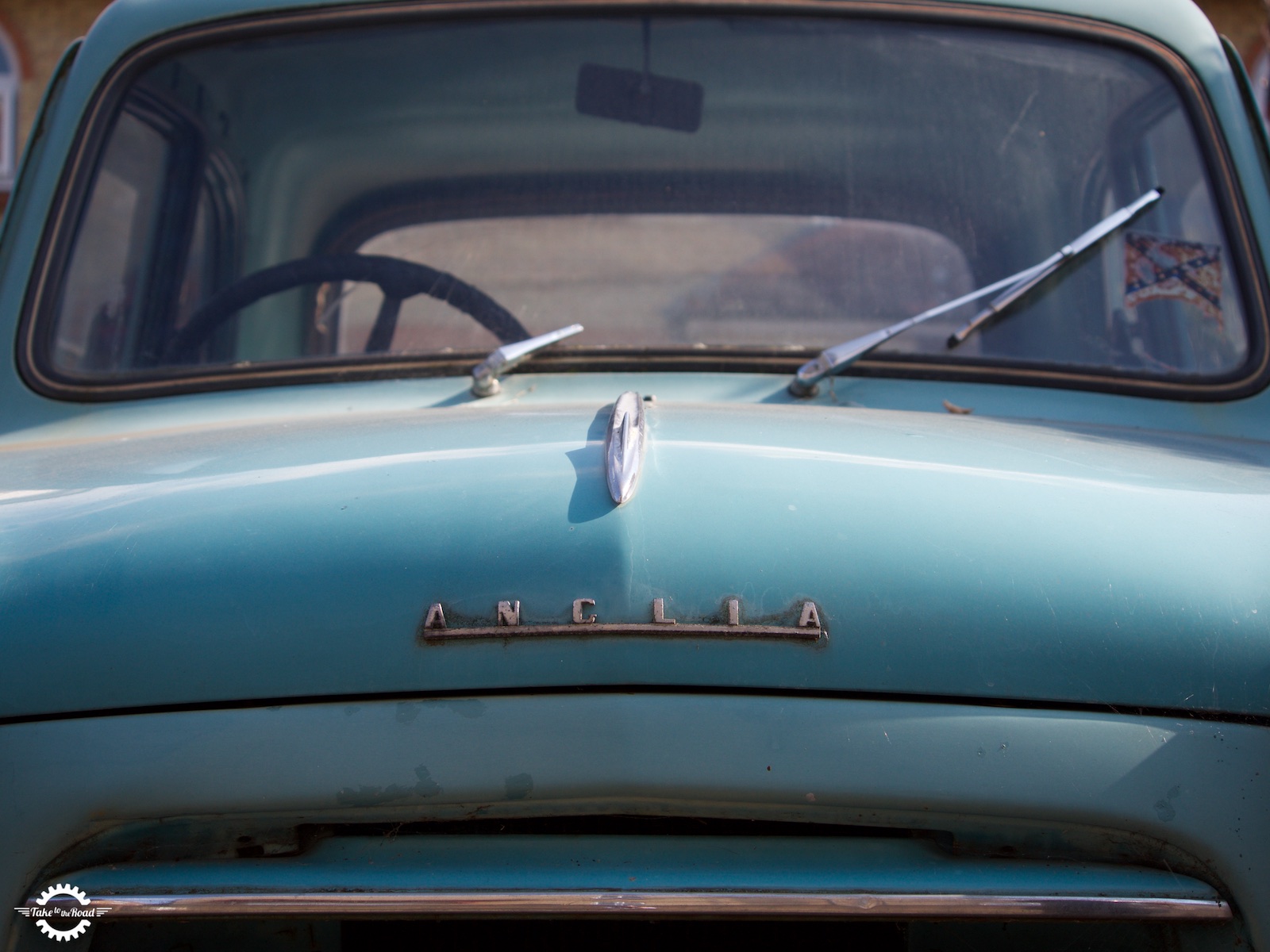You might associate classic car enthusiasts with a more mature owner but there are plenty of young drivers out there with an appreciation for the classics. The faster technology moves, the stronger the allure of vintage objects and there’s no vintage object more fun than a classic car.
A classic car that you’ve bought for a couple of thousand will turn far more heads than some anonymous top of the range executive model worth fifty times as much. This is a step way beyond a stylish haircut or some retro togs, a classic car is a lifestyle choice akin to embarking on a love affair. Win friends and influence people? Absolutely, but along the way there will be frustration and expense.

You don’t buy a classic car for practical reasons and if you imagine you’re going use it for your daily commute, forget it. The joy of owning and more importantly driving, a classic car is immense but don’t enter into this relationship lightly.

A classic car can be an affordable delight, but it’s not cheap once you’ve made the commitment, you have to be prepared to go all the way and spend what it takes to keep it on the road, especially if you need to restore your vehicle.

You are going to need somewhere to garage your vehicle, there’s no way you’re going to be able to do what needs doing on the street and you are going to need to learn to be a mechanic or make friends with one. Realistically you are also going to need to run a boring sensible vehicle to do all the boring sensible stuff in your life.
Once you’ve decided on what you are looking for, be patient and wait for the right deal to come on the market. Work out your budget for purchase and restoration, shop around and compare young driver insurance policies for the vehicle you have in mind.
When you do find what you are looking for, take someone along who knows their stuff, make sure that you are getting a fair purchase price and that you have an idea what the restoration will run to, it will of course always cost more than you planned. If this is your first classic car, don’t be too ambitious and buy a model for which it’s impossible to find spares for or which spares are ferociously expensive.
Here are three suggestions:
Morris Minor
Produced between 1948 and 1971, there’s no mistaking that this is a vehicle from a bygone age. You can find two door versions, four door versions, estates and convertibles and they all possess immense charm.

For a post 1962 model you should expect to pay upwards of £1500.
Mini
If you’ve lived your entire life in a sealed vault and don’t understand the iconic status of this car just go and watch the original version of The Italian Job.

Doing thirty in a mini can feel like you’re touching a hundred, all part of the fun. Rust prone, but parts are cheap and easy to find. Post 1969 expect to pay £800 upwards.
Ford Anglia
Kind of funny looking and very hip post Harry Potter. Comparatively easy to maintain, expect to pay upwards of £1500 for a post 1967 model.




Pingback: Recreating the Scent of a Classic Car